Invented by Sasanka Are, John Matthew Sugden, Cerner Innovation Inc
In the past, healthcare providers relied on their own expertise and experience to assess patient risk and determine appropriate treatment plans. However, this approach can be subjective and may lead to inconsistencies in care. Machine learning clinical decision support systems offer a more objective and data-driven approach to risk categorization, leveraging large datasets and advanced algorithms to identify patterns and predict outcomes.
One of the key advantages of machine learning clinical decision support systems is their ability to process vast amounts of patient data, including electronic health records, medical imaging, and genetic information. By analyzing this data, machine learning algorithms can identify subtle patterns and correlations that may not be apparent to human clinicians. This enables healthcare providers to make more accurate risk assessments and tailor treatment plans to individual patients.
Another benefit of machine learning clinical decision support systems is their ability to continuously learn and improve over time. As more data is collected and new insights are gained, the algorithms can be updated to enhance their predictive capabilities. This iterative learning process ensures that the system remains up-to-date with the latest medical research and best practices, ultimately leading to better patient outcomes.
The market for machine learning clinical decision support systems is driven by several factors. Firstly, the increasing availability of electronic health records and other digital healthcare data has created a wealth of information that can be leveraged for risk categorization. Additionally, the growing demand for personalized medicine and precision healthcare has created a need for advanced tools that can analyze complex patient data and provide tailored treatment recommendations.
Furthermore, the rising healthcare costs and the need to improve efficiency have prompted healthcare providers to seek innovative solutions that can streamline clinical decision-making processes. Machine learning clinical decision support systems have the potential to reduce unnecessary tests and procedures, optimize resource allocation, and improve overall healthcare delivery.
However, there are challenges that need to be addressed for widespread adoption of machine learning clinical decision support systems. One major concern is the ethical and legal implications of using algorithms to make critical healthcare decisions. Transparency, explainability, and accountability are crucial to ensure that the algorithms are fair, unbiased, and reliable.
Additionally, there is a need for robust data governance and privacy measures to protect patient information and ensure compliance with regulations such as the Health Insurance Portability and Accountability Act (HIPAA). Healthcare providers and technology vendors must work together to establish standards and guidelines for the responsible use of machine learning in clinical decision support.
In conclusion, the market for machine learning clinical decision support systems for risk categorization is poised for significant growth as healthcare providers recognize the potential of these tools to improve patient outcomes and reduce costs. By leveraging advanced algorithms and large datasets, these systems can provide real-time risk assessments and personalized treatment recommendations. However, ethical, legal, and privacy considerations must be addressed to ensure the responsible and effective use of machine learning in healthcare.
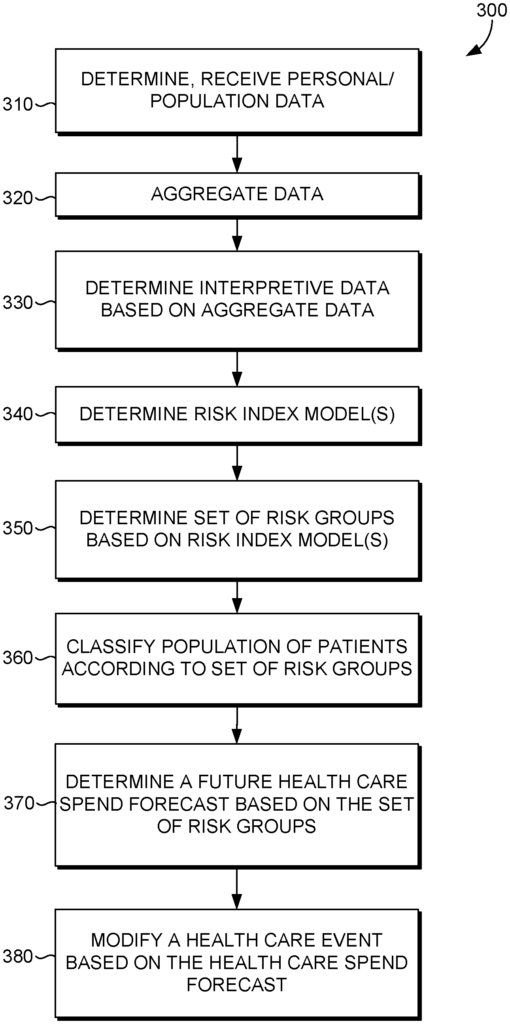
The Cerner Innovation Inc invention works as follows
Improved risk categorization for clinical decision-support and forecasting future healthcare expenditure is provided. The risk index improves other risk stratification methods by combining electronic medical records, health questionnaires and individual patient claim histories. Machine learning algorithms categorize patients into distinct clusters based on their risk, which can be linked to annual health care expenditure. This allows administrators to forecast future spending on health care at the individual and population levels.
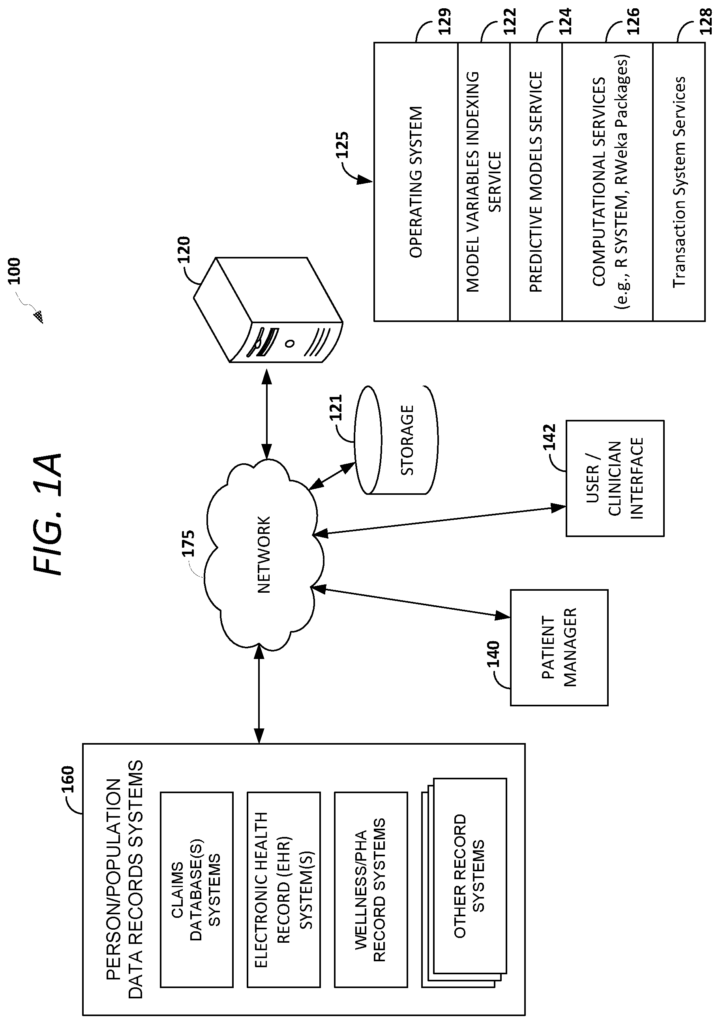
Background for Machine Learning Clinical Decision Support System for Risk Categorization
Effective population health risk control is vital, as medical costs continue to rise. Computer assisted clinical decision-support systems that stratify risks for patient populations are essential for facilitating health management and determining the risk of certain conditions. The current systems for managing population risk do not use valuable data from electronic health records and claims experience to categorize patient risks. In the end, these systems are less effective in understanding their patient population because they assign risks inaccurately and with imprecision. It can lead to a decrease in the quality of care and an increase in medical errors. Having a better understanding of the patient risk strata will also help health care administrators develop wellness programs that are tailored to specific populations, forecast future spending levels more accurately, and anticipate resource requirements. It is important to improve on conventional technological approaches in order to increase accuracy and reliability, particularly when applied to an individual rather than a population.
This summary is intended to provide a simplified version of a number of concepts that are described in greater detail in the Detailed description. This summary does not aim to identify the key features or essential elements of the claimed object matter. Nor is it meant to be used to determine the scope of claimed subject matter.
Embodiments” of the present disclosure are systems, methods and user interfaces that provide improved risk categorization to support clinical decision-making. A risk index that is improved over other risk stratification methods by combining electronic medical records, health questionnaires and individual patient claim histories has been developed. A machine-learning algorithm or algorithms can categorize patients into distinct clusters based on their risk, which is often associated with health care expenditures. This allows administrators to forecast spending at the individual and population levels. By combining member claims and electronic health records, an overall view of patient health is obtained. Administrators can target patients more effectively for intervention, and develop wellness programs that address population-specific conditions.
In some embodiments, one of more risk index models is provided. These models may be based on information such as claims, clinical data and electronic medical records. They may also include wellness information including personal health assessments. This information can then be used to classify people into risk groups, allowing future spending to levels to predicted. The risk models can be determined by combining machine learning algorithms with historical patient data. In certain embodiments, an administrator or clinician may view the risk categories of a population to aid in decision-making. In some embodiments, the patient can also be categorized or indexed according to a risk index.
BRIEF DESCRIPTION ABOUT THE VIEWS FROM THE DRAWINGS
The patent or application contains at least one color drawing. The Office will provide copies of this publication of a patent or patent application with color drawings upon payment of any necessary fees. “The present invention will be described below in detail with reference to the drawing figures attached, wherein
FIGS. “FIGS.
FIG. “FIG.
FIG. “FIG.
FIG. “FIG.
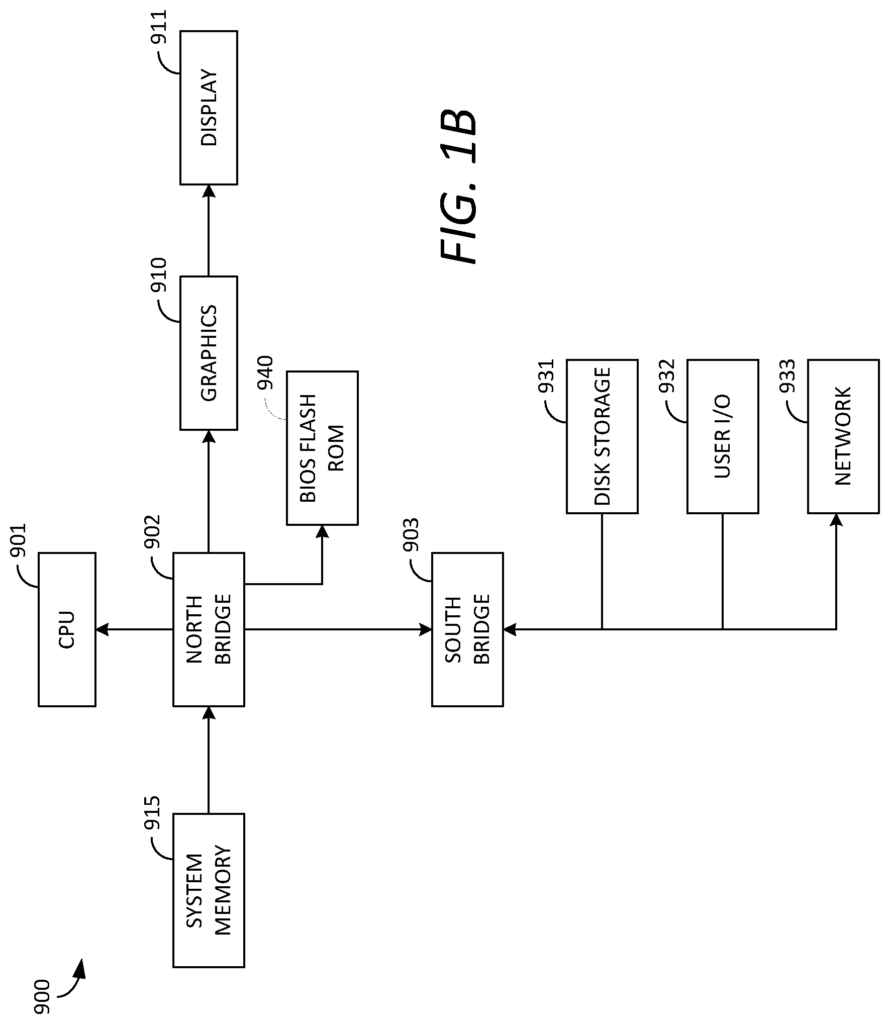
FIGS. “FIGS.
FIGS. “FIGS.
FIGS. “FIGS. “6A-6B, as applied to patient populations from Advocate Health Care and Cerner Health Plan.
FIGS. “FIGS.
The subject of the present invention has been described herein with sufficient specificity to satisfy statutory requirements.” The description is not meant to limit the scope. The inventors, however, have considered that the claimed subject may also be embodied differently, including different steps or combination of steps similar to those described in this document in conjunction with present or future technology. The terms “block” and/or “step” are not used in the claims. and/or ?block? “While the term ‘block’ may be used to describe different steps in a method, it should not be understood as implying a particular order between or among the various steps disclosed herein unless the order is explicitly stated.
As a person skilled in the art would appreciate, embodiments may include, among others, a method or system or a set of instructions on one or multiple computer-readable media. The embodiments can be a combination of software and hardware, a hardware-based embodiment or a software-only embodiment. In one embodiment, the product is a computer program that contains computer-usable instruction embodied in one or more computer-readable media.
Computer readable media” can include any media that is accessible by a computing system. This includes removable and non-removable, volatile and nonvolatile. Computer-readable media can be implemented using any technology or method for storing data, such as computer-storage media, communications media, etc. Computer storage media include both volatile and removable media, as well as nonvolatile media, that are implemented in any technology or method for storing information, such computer-readable instructions or data structures. Computer storage media include, but are not limited to: RAM, ROMs, EEPROMs, flash memory, optical disk storage (DVD), magnetic cassettes, magnetic taps, magnetic disks or other magnetic storage devices; or any other medium that can be used to hold the desired data and can be accessed via computing device 100. In one embodiment, computer storage media excludes signals per se. Communication media are typically computer-readable instructions or data structures or program modules in modulated data signals such as carrier waves or other transport mechanisms. This includes all information delivery media. The term “modulated data signals” is used. Signals that have had one or more characteristics changed or set in a way to encode data in them are called’modulated data signals. Communication media include wired media, such as wired networks or direct wired connections, as well as wireless media, such as infrared, acoustic and other wireless technologies. Computer-readable media should include combinations of all of the above.
Accordingly, aspects described herein relate to systems, methods and computer storage media that, among other things provide improved risk categorization in clinical decision support. Embodiments may, for example, determine a risk indices that is superior to other risk stratification methods by combining electronic medical records and health surveys with the claim histories of an individual patient. In an embodiment, as described above, one or more machine-learning algorithms classify patients based on their risk, which can be linked to annual health care expenditure, into distinct clusters. This allows administrators to forecast future costs on both the individual and population levels. By combining member claims and electronic health records, an overall view of patient health is obtained.
Accordingly at a high-level and in certain embodiments, one of more risk index models is provided. These models may use data from claims, clinical information, electronic medical records (EMR), wellness information (which may include personal health assessment (PHA)) and wellness information to classify individuals into different risk groups, allowing future spending levels be predicted. In certain embodiments, other data sources can be taken into consideration, including demographic data; other types claims data such as pharmacy claims, information about lifestyle, diet, and living conditions, which could include location, financial condition (e.g. If the patient has debt, or any other information about the individual. The raw data may be aggregated and in some cases, interpretive data can be determined by the aggregated data. Interpretive data can be data that is determined by analyzing raw data in order to determine additional data. For example, statistical measurements are determined from raw data.
Using aggregated and interpretive (sometimes called ‘composite data’ herein) data, one or more machine learning algorithms can be applied to determine risk models for classifying patients into risk groups. One or more machine-learning algorithms can be used to create risk models for classifying patients. Machine learning algorithms can be combined with historical patient data (the composite data), to create a number of risk models. In one embodiment, for example, an ensemble Alternating decision trees is used. Each tree is trained using a random subset instances and features of the composite patient data. In one embodiment, specific models are selected based on available data, patient population, resolution of risk groups, and similar factors. In some embodiments, a cost-sensitive classification can be used to bias the machine learning algorithms towards overprediction.
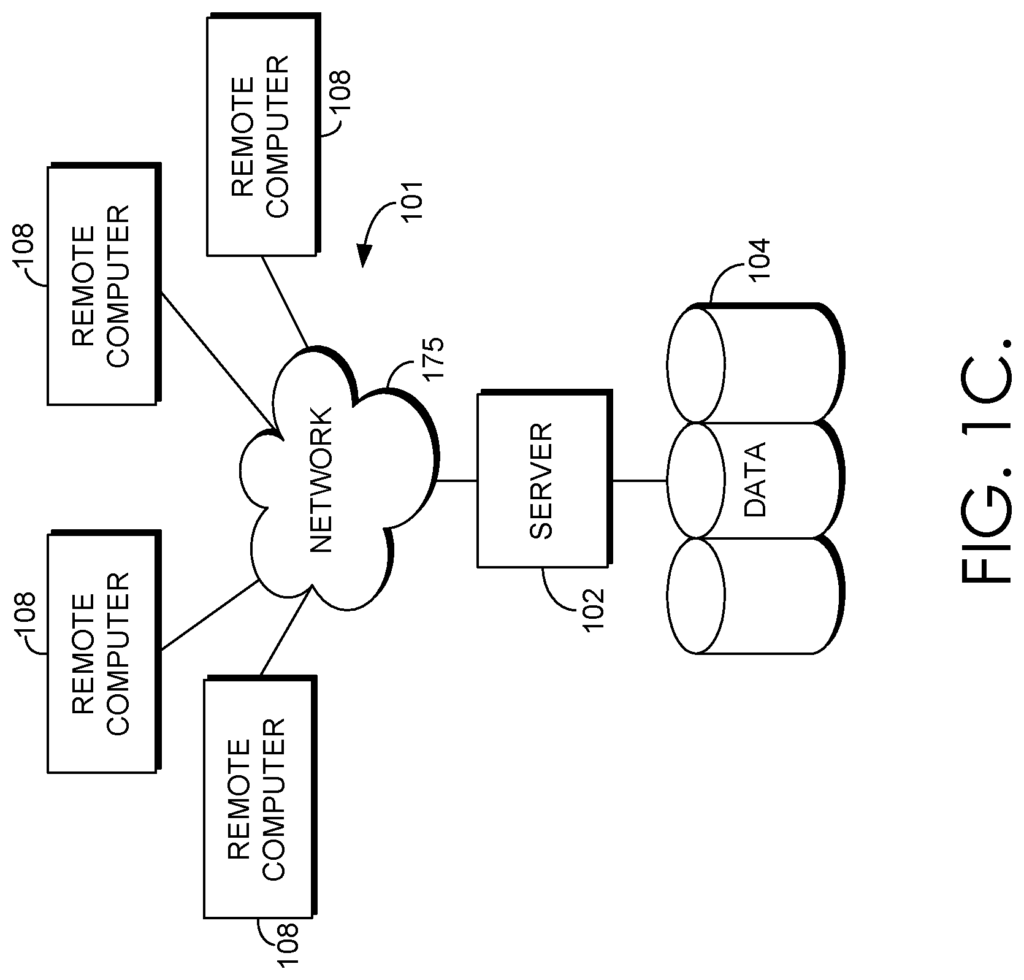
The risk index models can be applied to an entire population of patients in order to create a risk group. This risk group is then used to predict future health expenditures for the population as well as for individuals. How risky is each group of risk or group member? In certain embodiments, an administrator or clinician may see the risk categories of the population to help them make decisions. In some embodiments, the patient can be categorized (or indexed) according to an established risk index.
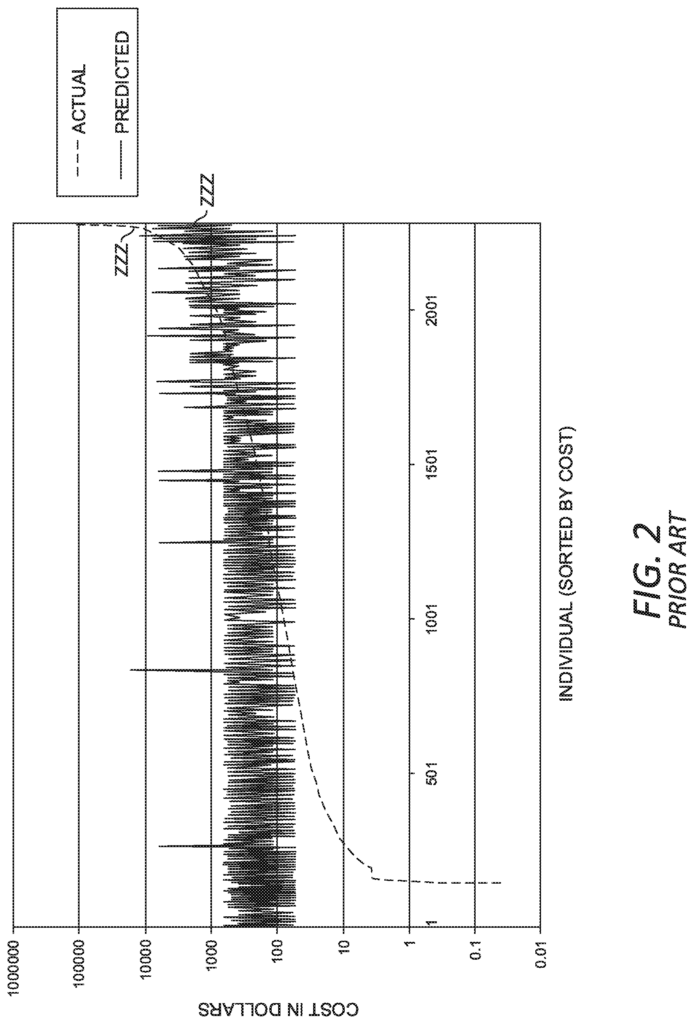
Click here to view the patent on Google Patents.
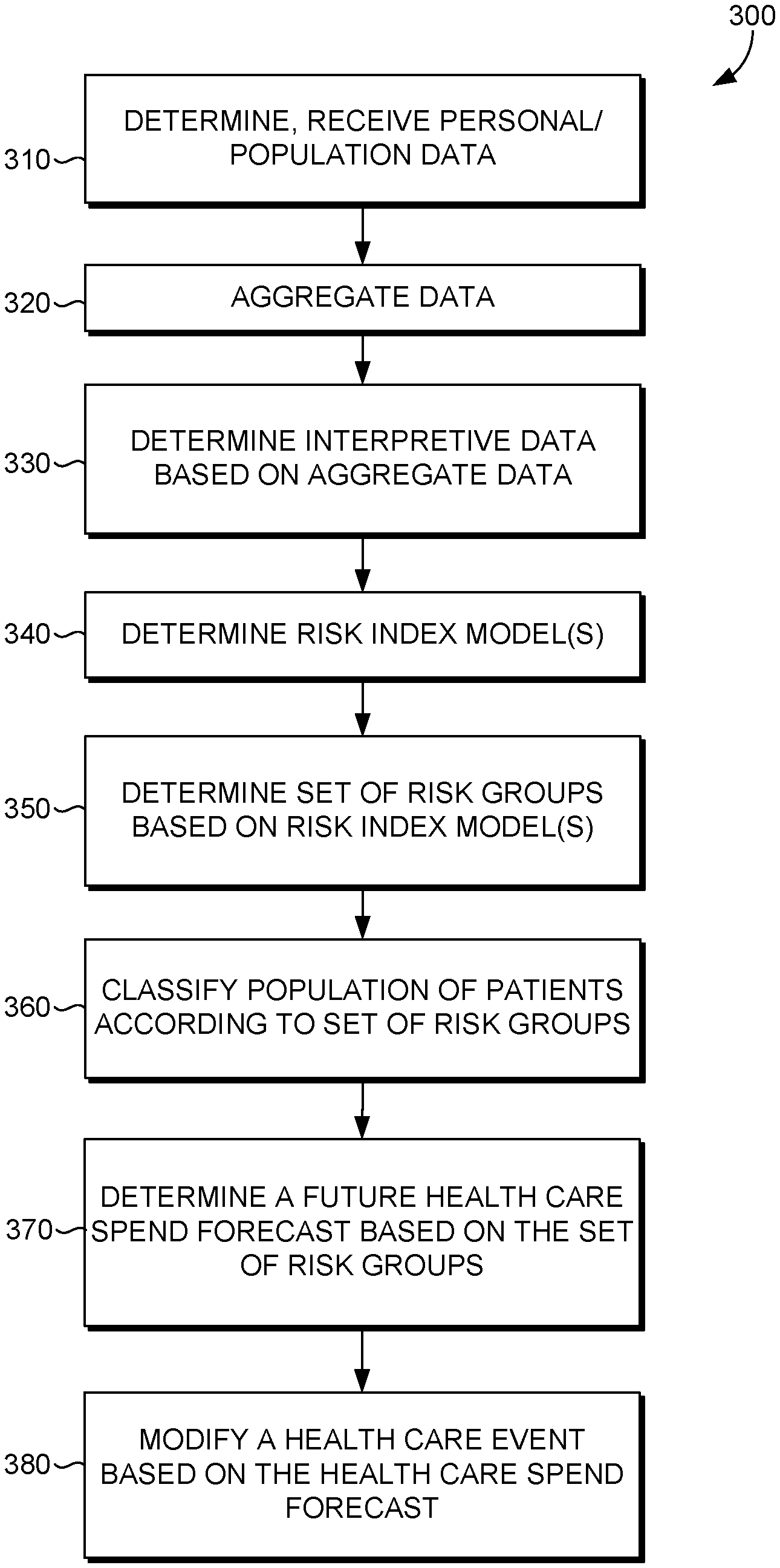
Leave a Reply